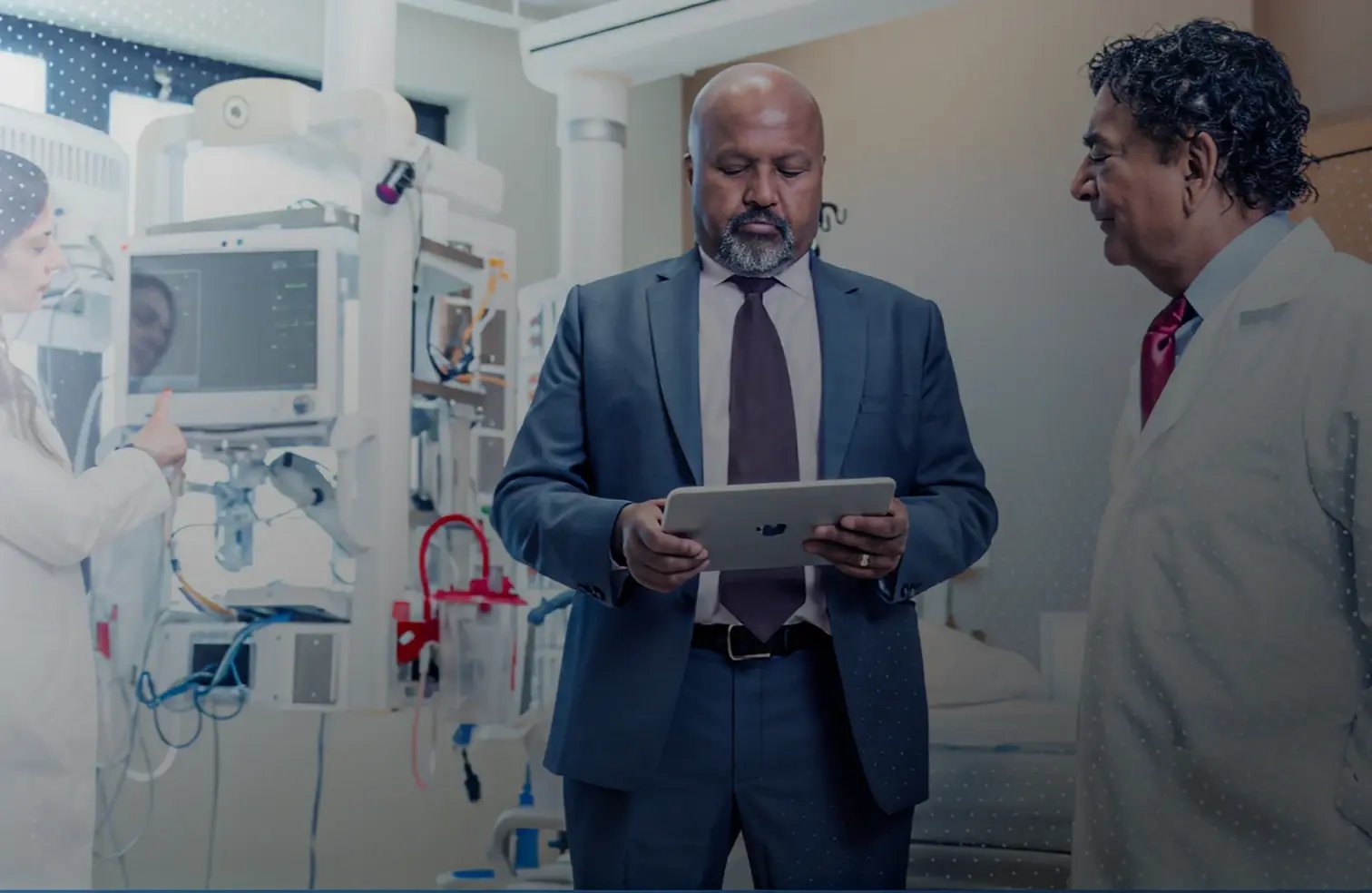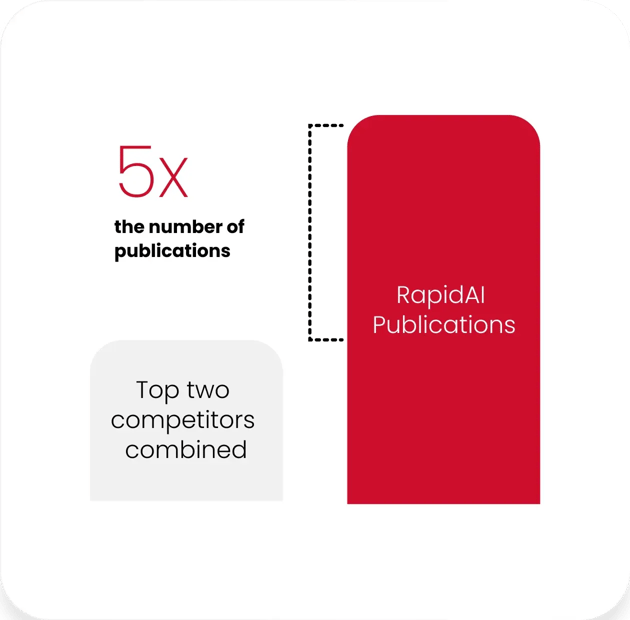Clinical evidence
Results strong enough to rewrite guidelines
Data that goes beyond validation to completely transform care

The strongest clinical history, fueling results you can count on
Used in the most influential stroke trials around the world, Rapid-based trials have achieved world-class results in endovascular stroke studies. But the influence doesn’t stop there.
25+
Clinical trials
1,000+
Clinical studies
700+
Publications
11
NEJM publications
17.5
AVG impact factor
Clinical validation powers accuracy and the deepest AI-driven insights on the market.
Rapid has 5x the number of publications than our top two competitors combined.

Game-changing technology, helping you push the limits
But really…these Rapid-supported trials changed AHA stroke guidelines – expanding the stroke treatment window up to 24 hours from symptom onset.
Swift-Prime
Demonstrated the value of mechanical thrombectomy in improving outcomes for large-vessel occlusions treated within six hours
Swift-Prime
Second highest rate of favorable clinical outcome in any endovascular stroke trial
EXTEND-IA
Showed advanced imaging selection, newer generation devices, and earlier intervention improves outcomes in 0-6 hr windows
EXTEND-IA
Highest rate of favorable clinical outcome (71%) in any endovascular stroke trial
DEFUSE 3
Early termination for efficacy of extended window (6-16 hrs) thrombectomy in carefully selected patients
DEFUSE 3
The first trial to demonstrate slower growth core infarct beyond 6 hrs
DAWN
Demonstrated superior outcomes using thrombectomy plus CMM vs CMM alone in 6-24 hr window
DAWN
Highest rate of clinical benefit in any endovascular stroke trial. 36% absolute risk reduction
Beyond research: real-world outcomes
92%
Reduction in unnecessary transfers
Shawnee Mission
35
Minutes saved in Door-to-IR suite
Midwest Hospital
52
Minutes saved in Door-to-Decision
Shawnee Mission
37
Minutes saved in Door-in-Door-Out
Midwest Hospital
69%
Reduction in Door-to-CT
Baptist Health
49%
Reduction in Door-to-Needle
Broward Health Medical Center
75%
Reduction in Door-to-Groin
Christiana Care
33
Minutes saved in Door-to-Needle
John Hopkins
Ongoing pursuit to push the boundaries of care
Our commitment to staying at the forefront of clinical innovation is as strong today as it was a decade ago.